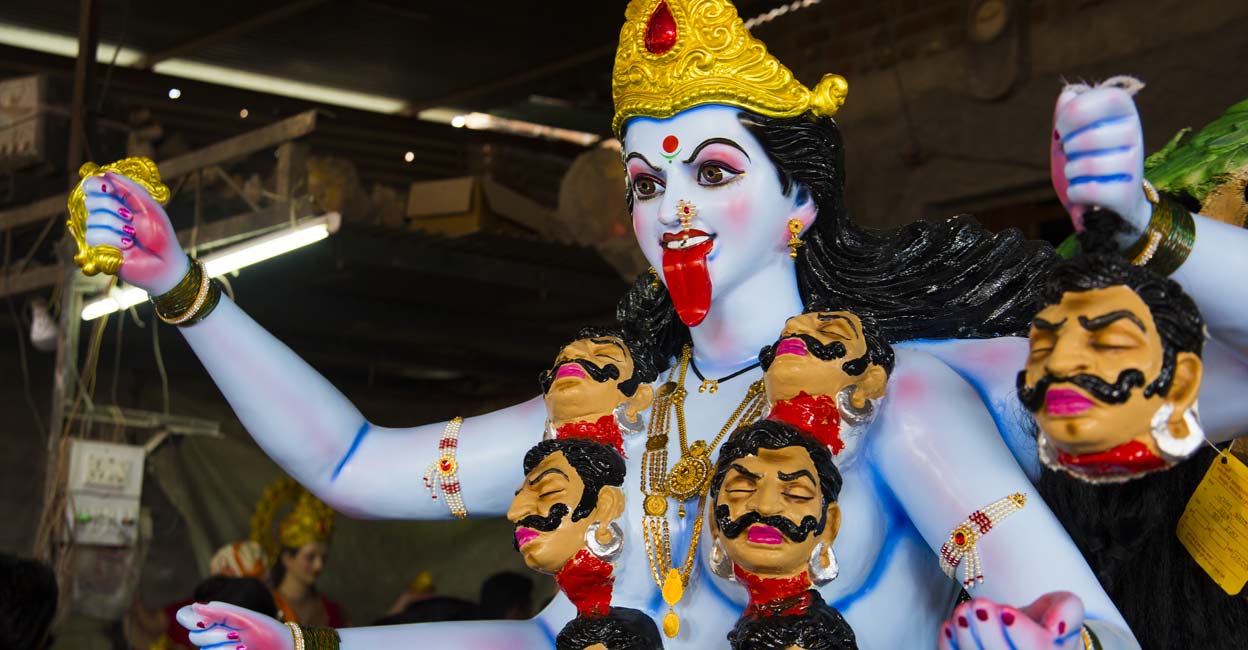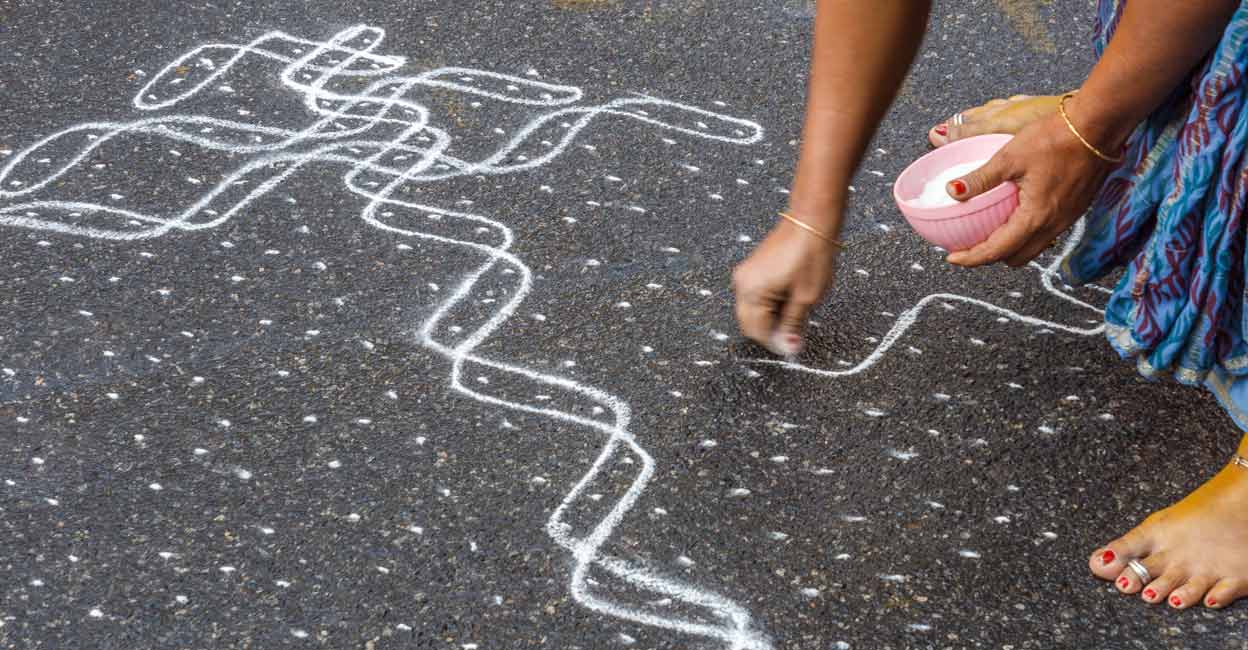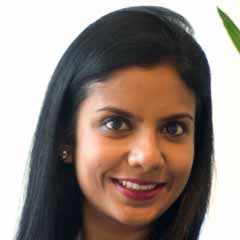Truly India: How Diwali is celebrated across the country

Mail This Article
Diwali, the festival of lights, is celebrated to mark the day Lord Ram returned to Ayodhya along with Sita and Lakshman after defeating Ravana in Lanka and serving 14 years of exile. It also has several other regional traditions connecting to Hanuman, goddess Lakshmi, Ganesha and many more.
It is one of the important festivals celebrated by the Hindus, Jains, Sikhs and even Buddhists across the country. Although the traditions and celebrations vary from state to state, the essence of the festival stays the same across the country; the festival represents the same symbolic victory of light over darkness, knowledge over ignorance, and good over evil.
How is Diwali celebrated?
Diwali is usually a five day long festival featuring different ceremonies each day, with the third day being the main event. It is celebrated twenty days after Dussehra. People, in general, wear their finest clothes, worship the Goddess Lakshmi, illuminate their homes with diyas and beautiful rangolis, buy new gadgets or jewellery, exchange gifts such as sweets and dried fruits and get together for family feasts and celebrations.
Diwali is also synonymous with dinner parties, carnivals and fairs in North India. Gambling is a part of traditional celebrations in the North, and card games are played late into the night in the days leading up to Diwali.
The 5 days of Diwali and their significance
1. The first day of the festival is known as Dhanteras. It is an auspicious day to buy something metallic like kitchen equipment, appliances, gold and silver coins and even jewellery.
2. The second day before Diwali is known as Choti Diwali in the North, Naraka Chaturdashi in the West and South, and Bhoot Chaturdashi in the East. On this day, every household is lit up brightly with diyas and decorated with rangoli.
3. The third day is the main day of Diwali. The Goddess Lakshmi is worshipped in the North on an Amavasya night (new moon day). Every household is adorned with diyas and lights, followed by a display of fireworks and feasting.
4. The fourth day of the festival is the day for Govardhan Puja. This festival is celebrated in honour of the feat carried out by Lord Krishna, wherein he lifted the Govardhan mountain to protect the people from the wrath of Lord Indra. On this day, miniature clay and cow dung figurines are made to depict the event.
5. The last day of the festival is Bhai Dooj. On this day, brothers and sisters get together to do the tikka ceremony, with the sisters praying for the long life of their brothers.
Celebration of Diwali all over India
Though this festival is celebrated throughout the country, the names associated with the festival and the traditions are different in different parts of India.
West Bengal
Diwali in Bengal is known as Kali Puja or Shyama Puja and is celebrated at night. Goddess Kali is adorned with garlands of Hibiscus and worshipped in temples and households. The Goddess is offered sweets, lentils, rice and fish as a part of the rituals.

The night before Kali Puja or Diwali is known as Bhoot Chaturdasi, wherein 14 candles or diyas are lit and placed in house as a part of the ritual to ward off evil spirits. Bhai Dooj is also celebrated in Bengal in a big way and is known as Bhai Phonta.
Uttar Pradesh
Diwali is celebrated with great pomp and fervour in Uttar Pradesh as it marks the return of Lord Ram to Ayodhya. In Varanasi, Diwali is also known as Dev Deepawali, meaning 'Diwali of Gods'. Devotees believe that the Gods and Goddesses come down to earth during this time to take a dip in the holy waters of the Ganges. Prayers recited by the priests and diyas are offered to Ganga, and the ghats are decorated with lamps and rangolis.
Odisha
In Odisha, people pray to their ancestors on the occasion of Diwali. They burn jute sticks to call upon their ancestors and seek their blessings. This event is known as Kauriya Kathi. On Diwali, the Oriyas also worship Goddess Lakshmi, Lord Ganesh and Goddess Kali.
Maharashtra
Diwali is a 5-day long affair here, and different traditions and rituals are followed on each day of the festival. Diwali in Maharashtra begins with the Vasu Bara ritual, which is held to honour cows.
Dhanteras is celebrated to honour the sage Dhanvantari – the ayurvedic doctor of the gods. On Diwali day, Maharashtrians worship Goddess Lakshmi, and end the festival by celebrating Bhau Beej, also known as Bhai Dooj in the North.
Gujarat
Diwali marks the end of a year for the Gujaratis, and the day after Diwali is celebrated as the Gujarati New Year - Bestu Varas. Diwali, a 5-day celebration in Gujarat, starts with Vaag Baras, Dhanteras, Kali Chaudash, Diwali, Bestu Varas and Bhai Bij.
Dhanteras is celebrated grandly in Gujarat; in many households, the women apply kajal made from the flames of the diyas to bring in good fortune.
Goa
In Goa, Diwali is dedicated to Lord Krishna destroying the demon Narkasur. Effigies of the demon are made and burnt down on the dawn of Narakasura Chaturdashi, a day before Diwali. During Diwali, many people in Goa and parts of South India smear coconut oil on their bodies as they believe it will free them from their sins.
Punjab
In Punjab, Diwali falls around the same time as Bandi Chhor Diwas, a Sikh festival celebrated with lighting up of households and gurudwaras, gifting, bursting crackers and feasting. Punjabi Hindus worship Goddess Lakshmi on Diwali. The celebration of Diwali also marks the arrival of winters in Punjab.
Karnataka
In Karnataka, people celebrate the second day of the festival. The day is known as Ashwija Krishna Chaturdashi. On this day, people bathe in oil and eat sweets to commence the festivities. The day after Diwali is also celebrated here with much fervour, and is known as Bali Padyami. People narrate the story of King Bali and create forts made from cow dung on this day.
Tamil Nadu
In Tamil Nadu, people bathe at the crack of dawn on Diwali day with water mixed with oil infused with betel leaves, fragrant pepper and many other ingredients. After the customary oil bath ritual, everyone must take a spoonful of a herbal concoction known as Deepavali Legiyam before they begin with the feast and festivities.

The concoction is made with coriander powder, pepper powder, cumin powder, ginger powder, cardamom powder, carom seeds, yashtimadhu, jaggery and ghee. This mixture is said to help cure all digestive problems that one may face by indulging in all the heavy food during this time.
Andhra Pradesh
On the day of Diwali, people celebrate the victory of Lord Sathyabama (Lord Krishna) over the demon Narakasura. They seek blessings from the clay idols of Satyabhama and begin the festivities.
We hope you enjoyed reading about the different Diwali rituals and traditions followed all over our diverse country. Do let us know how you celebrate this festival at your home!
We wish you all a wonderful, safe and prosperous Diwali!


